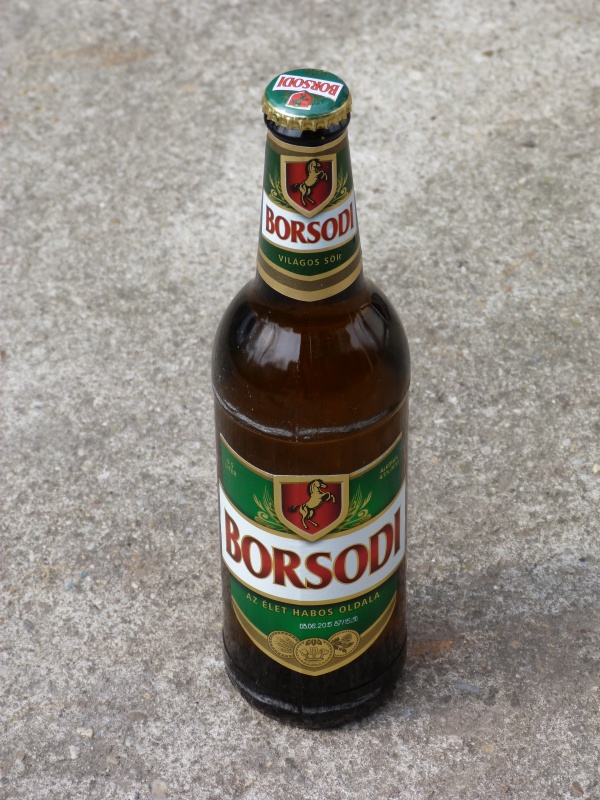Facts About Beer in Hungary
Beer has been an integral part of Hungarian culture for over a thousand years, with a storied history in commercial brewing. The Hungarian word for beer, "sör" is derived from the Oghuric language. Hungary's inaugural commercial brewery was established in Buda in 1845 by Peter Schmidt. During the Austro-Hungarian Empire, the Kőbánya district in Budapest became a brewing hub, with the Dreher brewery, named after Anton Dreher, dominating the market until World War II.
Today, Hungary is home to four major commercial breweries that specialize in light lagers and German-style dark beers. In recent years, the craft beer scene has thrived with the emergence of microbreweries such as Fóti, Legenda, Monyó, Csupor, and Mad Scientist. These breweries, along with various local festivals and bottle shops, have cultivated a vibrant beer culture.
Beer consumption in Hungary has evolved over the years. While the average Hungarian drank about 100 liters of beer annually in the 1980s, this figure has decreased to around 70 liters today, with pale lagers accounting for approximately 90% of sales.
A unique aspect of Hungarian beer culture is the tradition of not clinking glasses or mugs when drinking beer. This custom originates from a legend that Austrian generals clinked glasses to celebrate the execution of 13 Hungarian martyrs in 1849. While many still adhere to this tradition, younger generations often disregard it, noting that the vow to avoid clinking was intended to last only 150 years.

 Austria
Austria